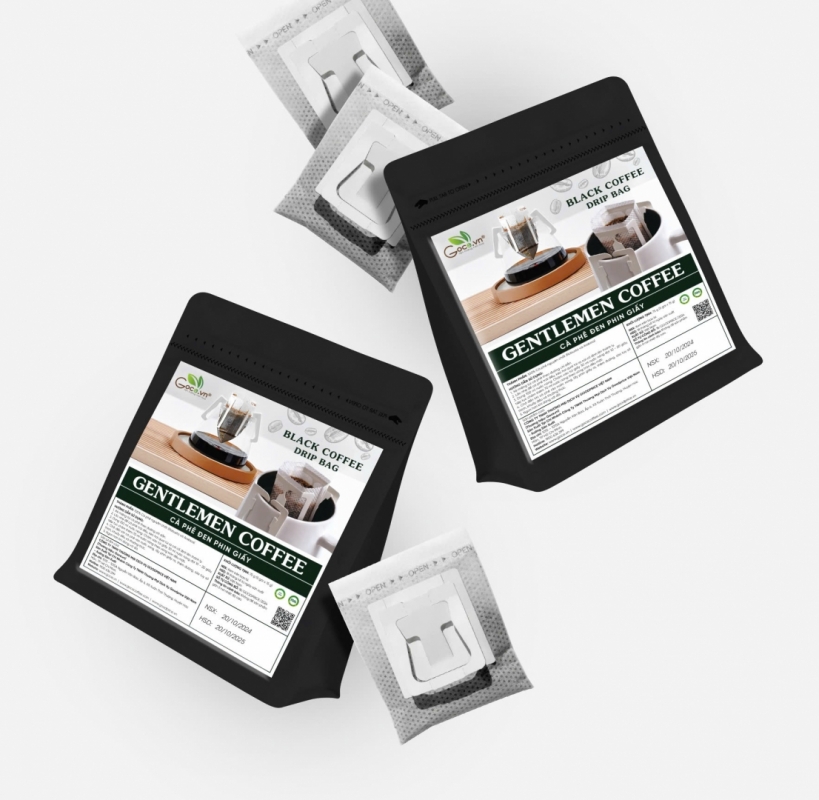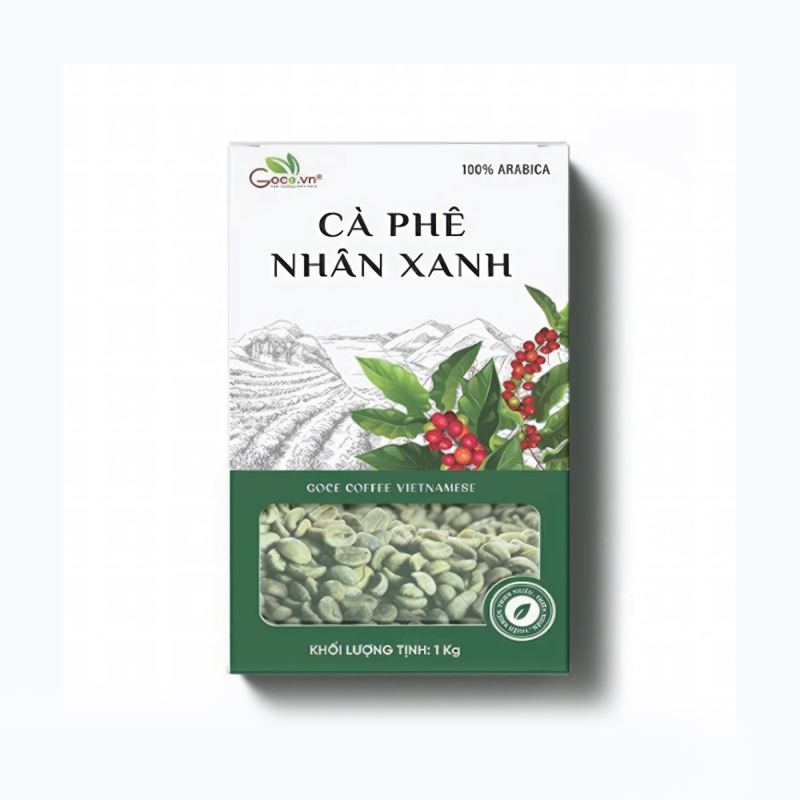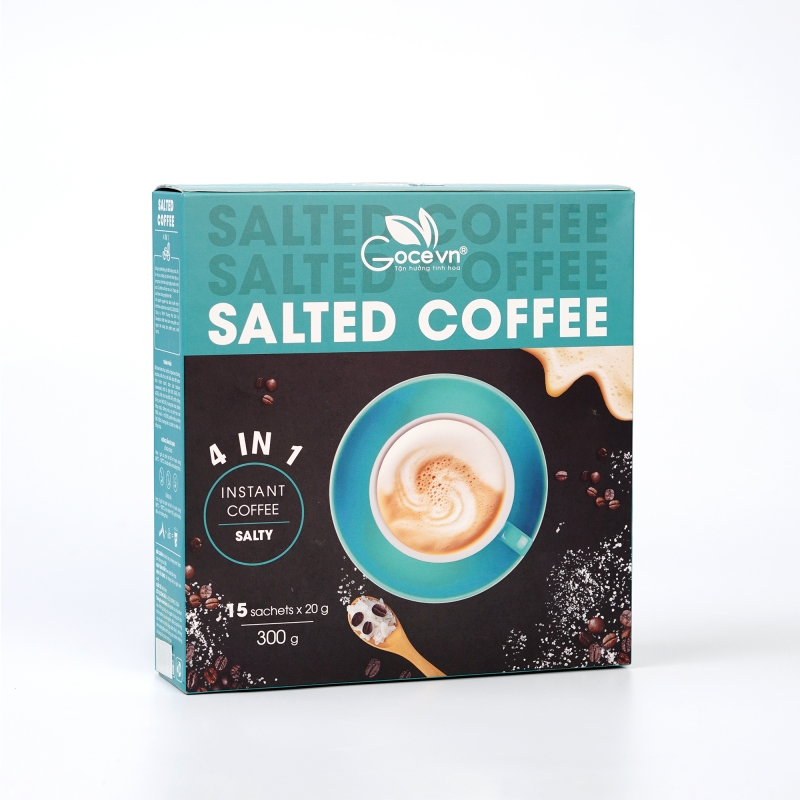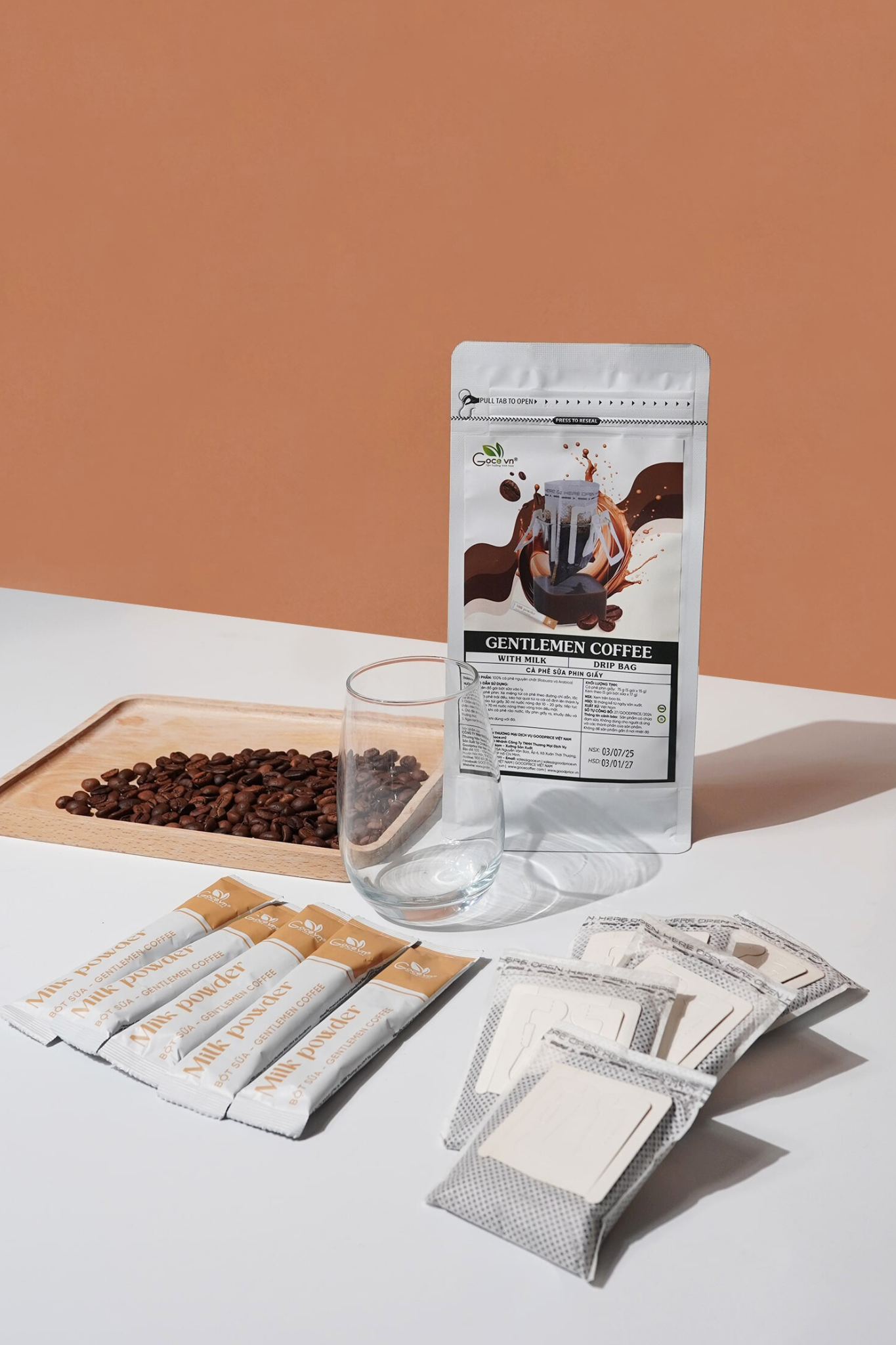
Strong Coffee The Secret to Brewing the Perfect Bold Cup for Men

How Are Instant Coffee and Drip Bag Coffee Different?

Goce Drip Bag Coffee – When Every Little Pouch Wraps Your Lifestyle

How to Brew Perfect Paper Drip Coffee at Home Simple and Authentic

Why does pure coffee taste sour? How to distinguish sour taste you should know
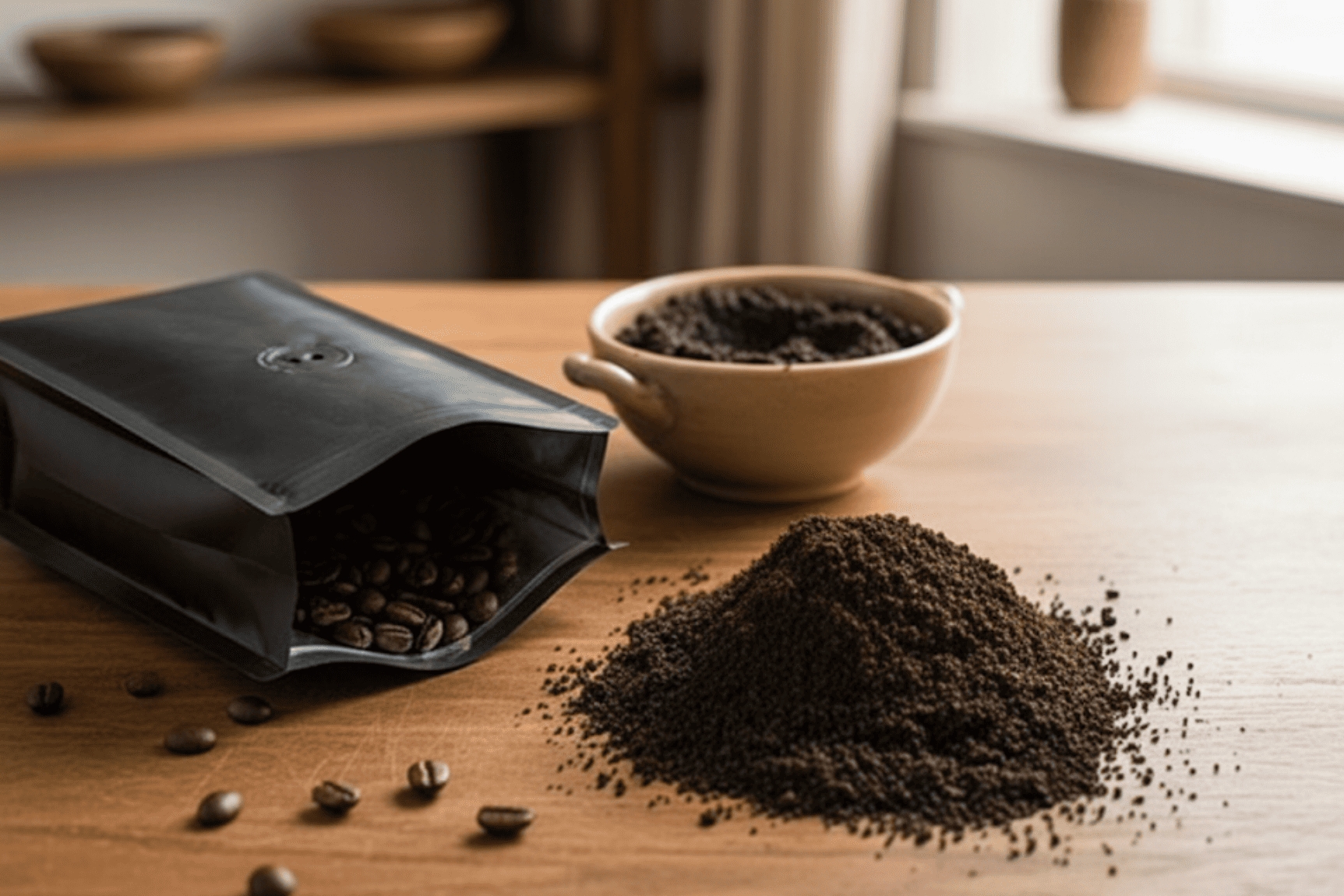
WHAT ARE COFFEE GROUNDS? 5 SIMPLE TIPS TO USE COFFEE GROUNDS AT HOME
How To Roast Your Own Coffee

WELCOME TO GOODPRICE VIET NAM CO., LTD.
According to the ISO 22000:2018 Food Safety Management System applied to Goodprice Vietnam Co., Ltd. Green Coffee Beans is under GOCE Coffee Vietnam branch name and produced by our factory with the strictly food safety inspection process to ensure quality and safe heath for consumers.
How To Roast Your Own Coffee
You can roast coffee in your oven, a popcorn popper, a skillet or buy an actual coffee roasting appliances. Whatever method you use, you will be on your way to drinking much better coffee.
The basic process is simple: use heat to turn unroasted green coffee beans into brown roasted coffee. Roasting times vary, depending on the method and batch size, but you can expect the process to last about 10 minutes for smaller batches and about 16 minutes for larger batches.

There are many ways to roast coffee. The method you choose should be influenced by how much roasted coffee you need and how much money you want to spend. Whether you choose a D.I.Y. approach or a small appliance depends mostly on if you want more or less automation.
D.I.Y methods are affordable and accessible.
We think using an electric popcorn popper is the best of the DIY methods. You can also use a skillet, a stovetop popcorn popper or a cookie sheet in your oven – while these methods are popular among home roasters, we think it requires a bit of experience to achieve good results.
Home Coffee Roasting appliances offer coffee specific features.
Depending on the model, machines made for home coffee roasting may offer chaff collection, smoke reduction, timers, temperature control, airflow regulation and digital automation. There is no “best” roaster per se, but there is a best one for you depending on how much coffee you want to roast per batch and how large of a machine you want to sit on your room. Air roasters are generally smaller, roast evenly without scorching, and are better for smaller batches. While drum roasters often roast more, these machines are typically larger, require more attention and generate more smoke.

GOCE Coffee Vietnam always has a couple dozen coffees to choose from, so you shouldn’t have any matter for finding beans that make your taste buds happy.
We suggest purchasing a sample’s GOCE Coffee Vietnam with 1lb/bag to get started. We offer the sample 1lb bags of pre-selected coffees from the different growing regions Starting with a sample is an economical way to start roasting and become familiar with origin flavor characteristics. From there, your palate will have an idea of which ones are more delicious. This thing will help you narrow down which coffees you want for next buying.

Understanding the different stages of the roast will help you to control the flavor of your each style and so that you can determine how to roast into different flavor of each cup ..
Here’s an image that provides an overview of the process:

Coffee bean chart is showing the degree of roast of each stage in the roast process from green to brown to black.

164 degrees C – Coffee bean macro image yellowing stage of roasting
Yellowing: For the first few minutes the bean remains greenish, then turns lighter yellowish and emits a glassy smell. The beans start to steam as their internal water content dissipates. This is also call as the drying stage.

Just before First Crack – 200 degrees C – Coffee bean macro image browning stage of roasting
Soon you will hear the first crack, an audible cracking sound as the real roasting starts to occur: sugars begin to caramelize, bound-up water escapes, the structure of the bean breaks down and oils migrate from their little pockets outward. The steam becomes fragrant.

Ending of First Crack – 219 degrees C – Coffee bean macro image during roasting
After the first crack, the roast can be considered complete any time according to your taste. The cracking is an audible cue, and, along with sight and smell, tells you what stage the roast is at. This is what is called a City Roast.

Ending of First Crack (244 degrees C) Coffee bean macro image during roasting
“Caramel” continues, oils migrate and the bean expands in size as the roast becomes dark. As the roast progresses, this is a City + roast. Most of our roast recommendations stop at this point. When you are on the verge of second crack, that is full city roast.

Start of Second Crack (229 degrees C) – Coffee bean macro image during roasting
Now we continous go to point of second crack, it can be heard. This stage of roast character starts to eclipse the origin character of the beans at this point and is also known as a Vienna roast. Roasting all the way through second crack may result in small pieces of beans being blown away .

Ending of Second Crack (241 degrees C). Coffee bean macro image during roasting
As the roast becomes very dark, the smoke is more pungent because of sugars burn completely, and the bean structure breaks down more and more. As the end of second crack approaches, you will achieve as a French roast.
.
Come to GOCE Coffee Vietnam's Green Coffee Beans to experience and master of flavor of a coffee cup made by yourself.
Other News


Coffee That’s Good for the Liver: The Secret to Drinking It the Right Way Every Day

How to Store Paper Drip Coffee Properly to Preserve Its Full Flavor

How to Brew Perfect Paper Drip Coffee at Home Simple and Authentic

Paper Drip Coffee: A Convenient Coffee Trend Among Young Consumers

How Is Salt Coffee Different from Milk Coffee? A Flavor Experience Comparison

Why Is Salt Coffee Easier to Drink Than Traditional Coffee?
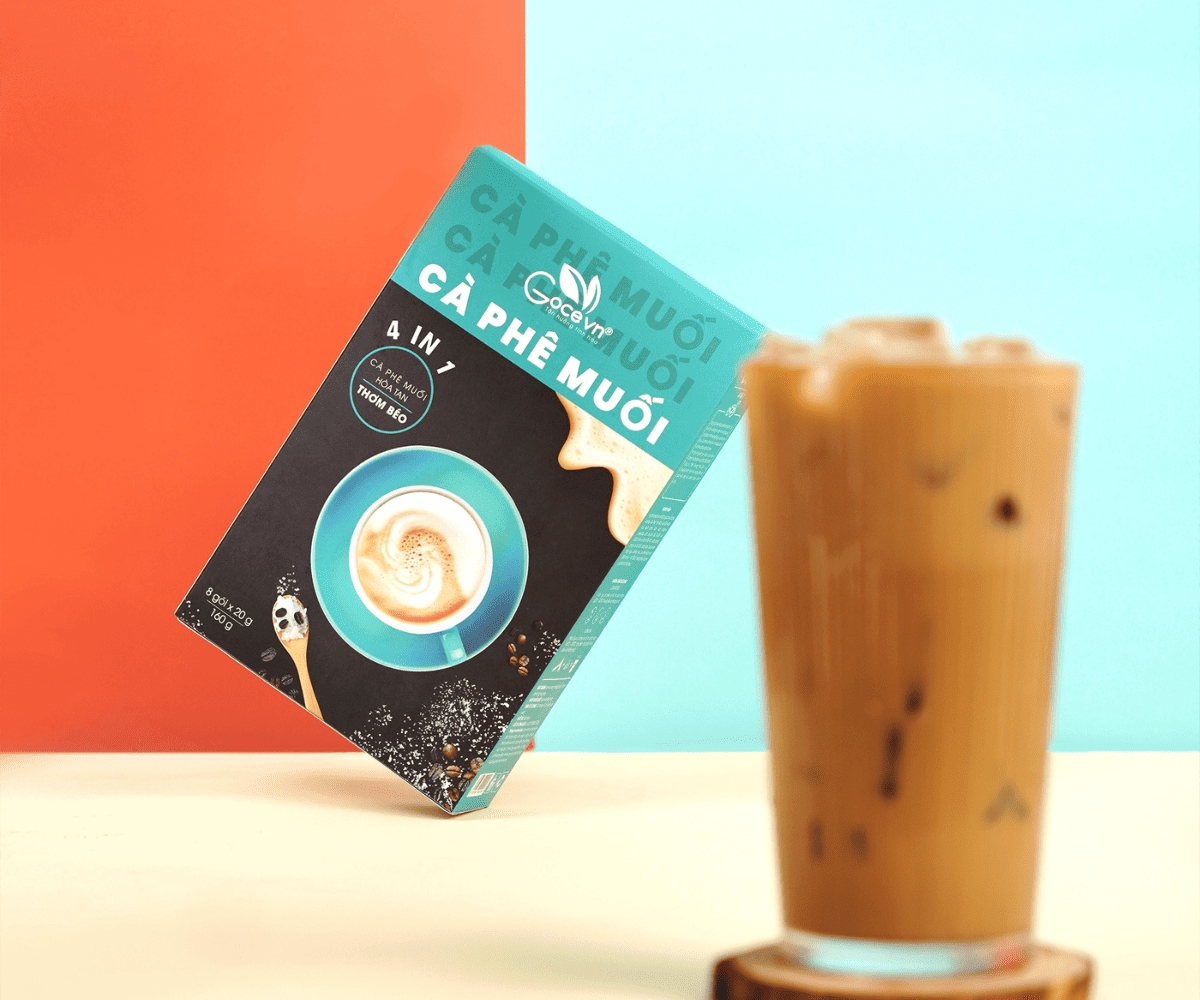
What Does Salt Coffee Taste Like? A Surprisingly Pleasant Experience

How Do Altitude and Temperature Affect Coffee Quality?

6 Common Coffee Pests and Diseases and Effective Control Methods
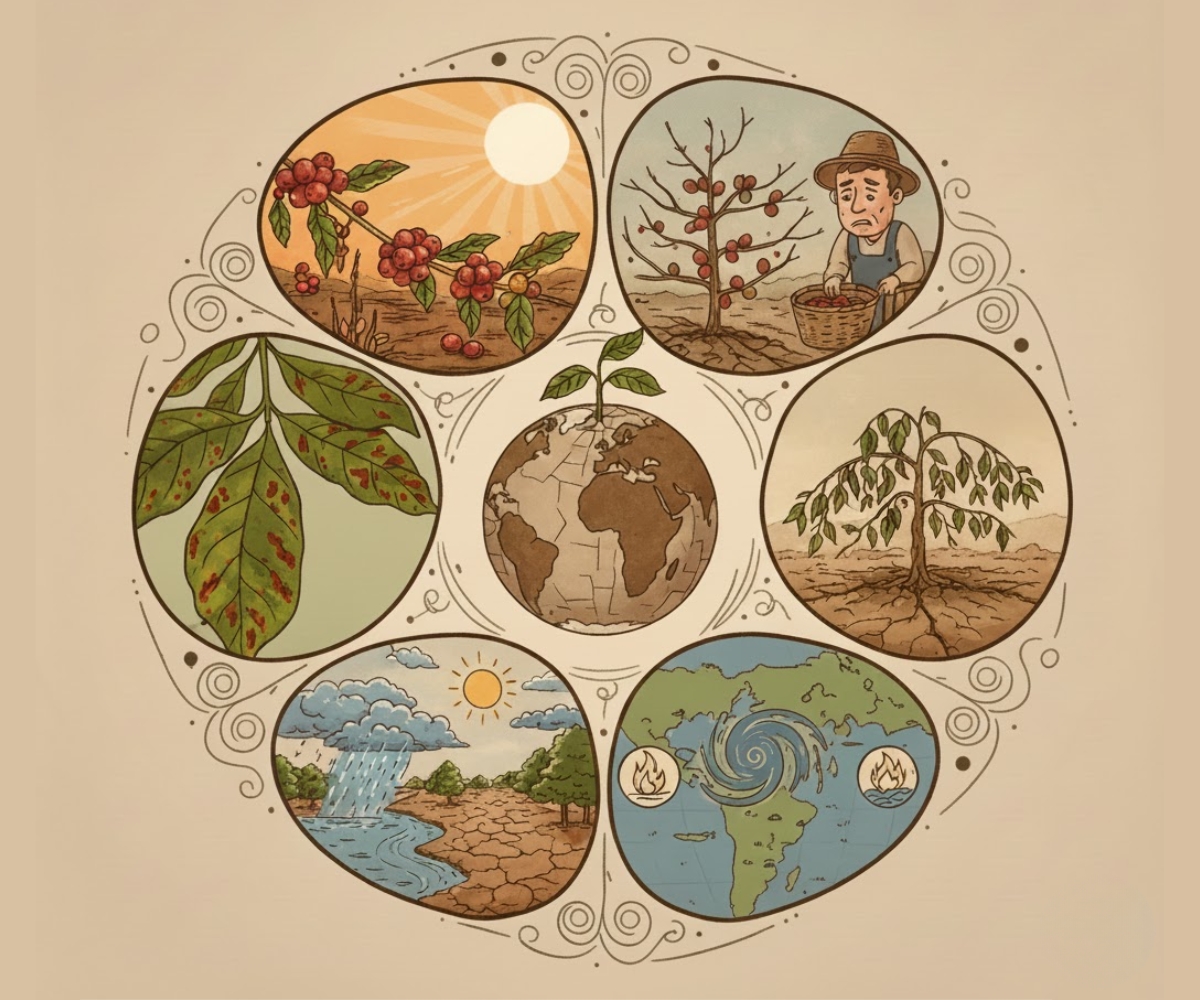
6 Things About Climate Change Threatening the Global Coffee

The Golden Hour for Drinking Coffee to Stay Alert All Day
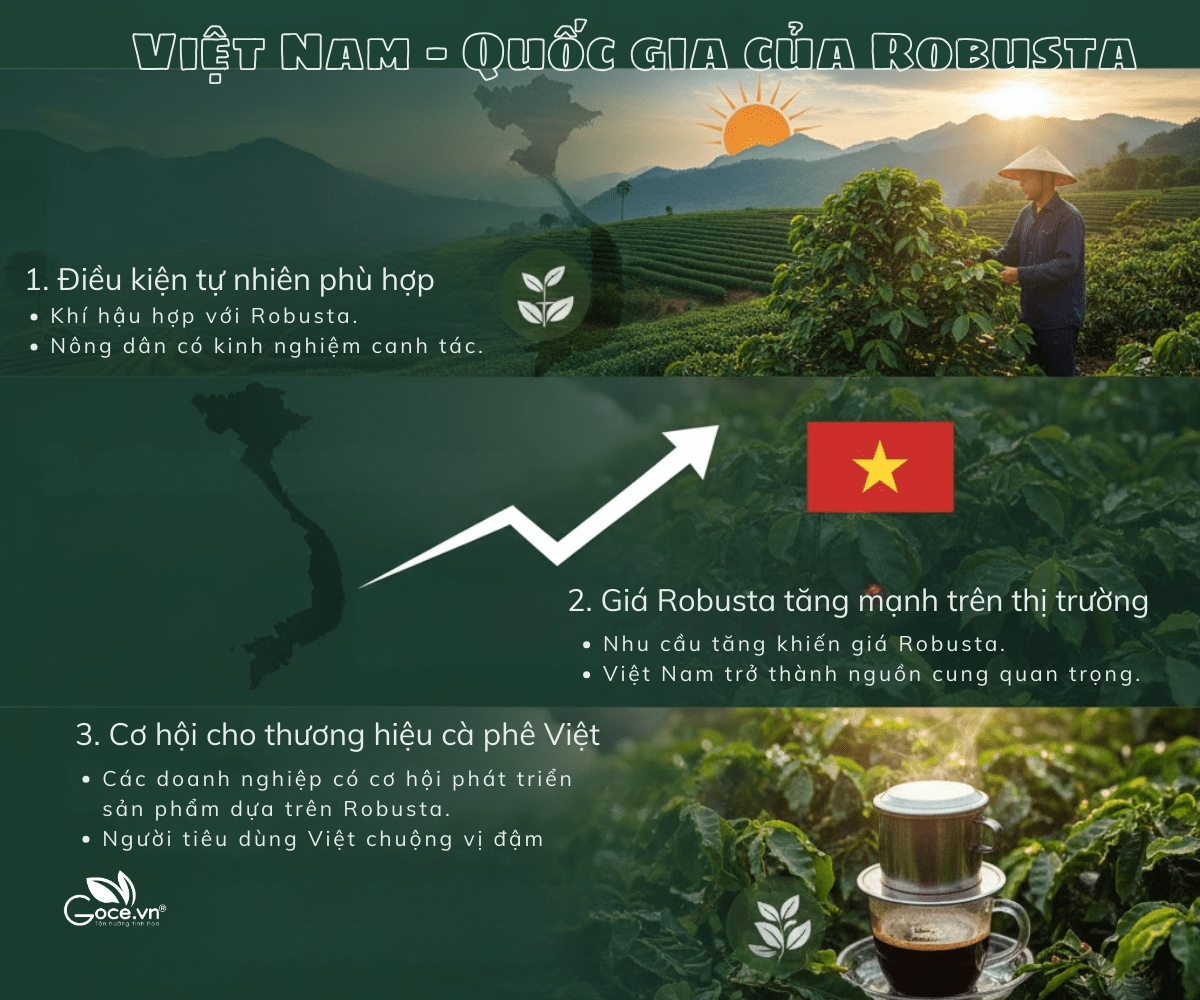
Why Robusta Coffee Is Becoming a Global Trend in the Era of Climate Change

6 Ways to Grind Coffee Beans Without a Grinde

Why does pure coffee taste sour? How to distinguish sour taste you should know

Homemade Orange Coffee: Simple Recipe, Café-Style Delicious

Drinking Coffee Causes Stomach Pain? Causes and Effective Solutions

Instant Coffee: 7 Unexpected Benefits and Facts You Need to Know

Black Coffee: A Smart Choice for Gen Z in the Age of Healthy Living
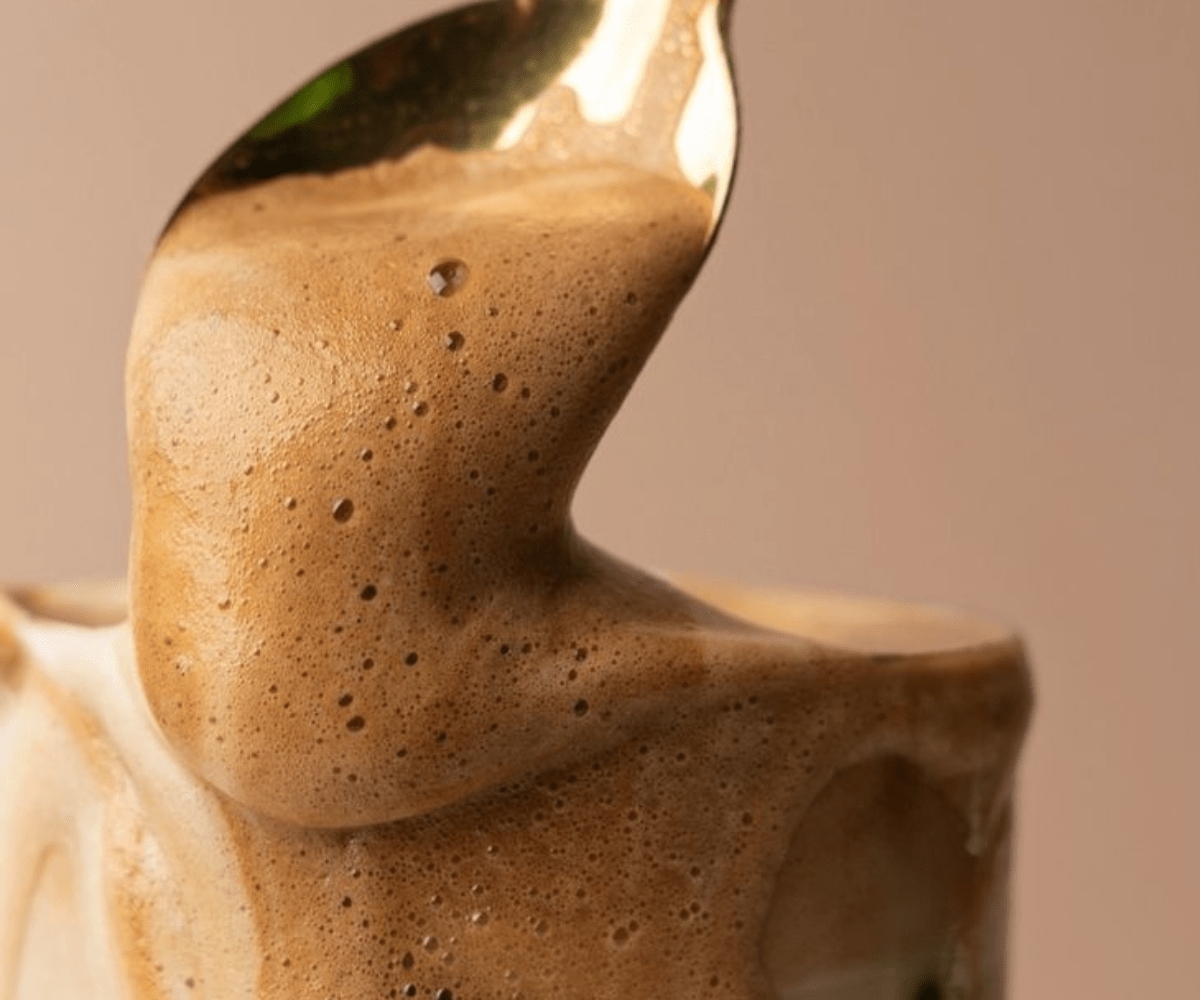
3 Steps to Make Salt Coffee at Home Café-Quality Taste in Minutes

How Are Instant Coffee and Drip Bag Coffee Different?

How Ground Coffee Differs from Coffee Beans: A Guide for Lovers of Pure Flavor
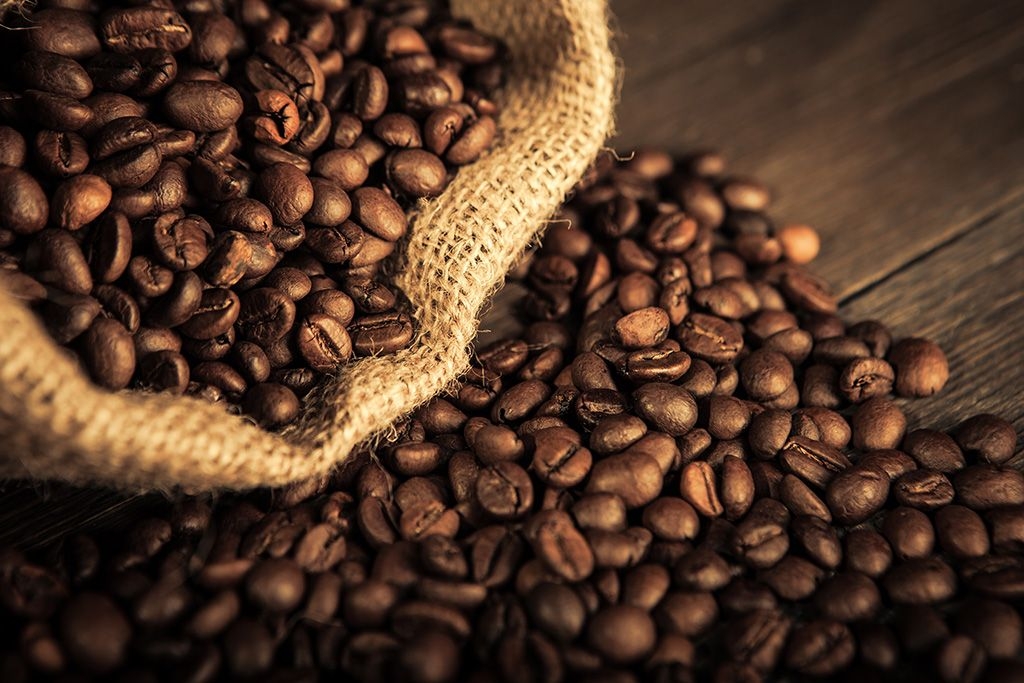
Coffee bean lovers are people who love meticulousness in every moment of life
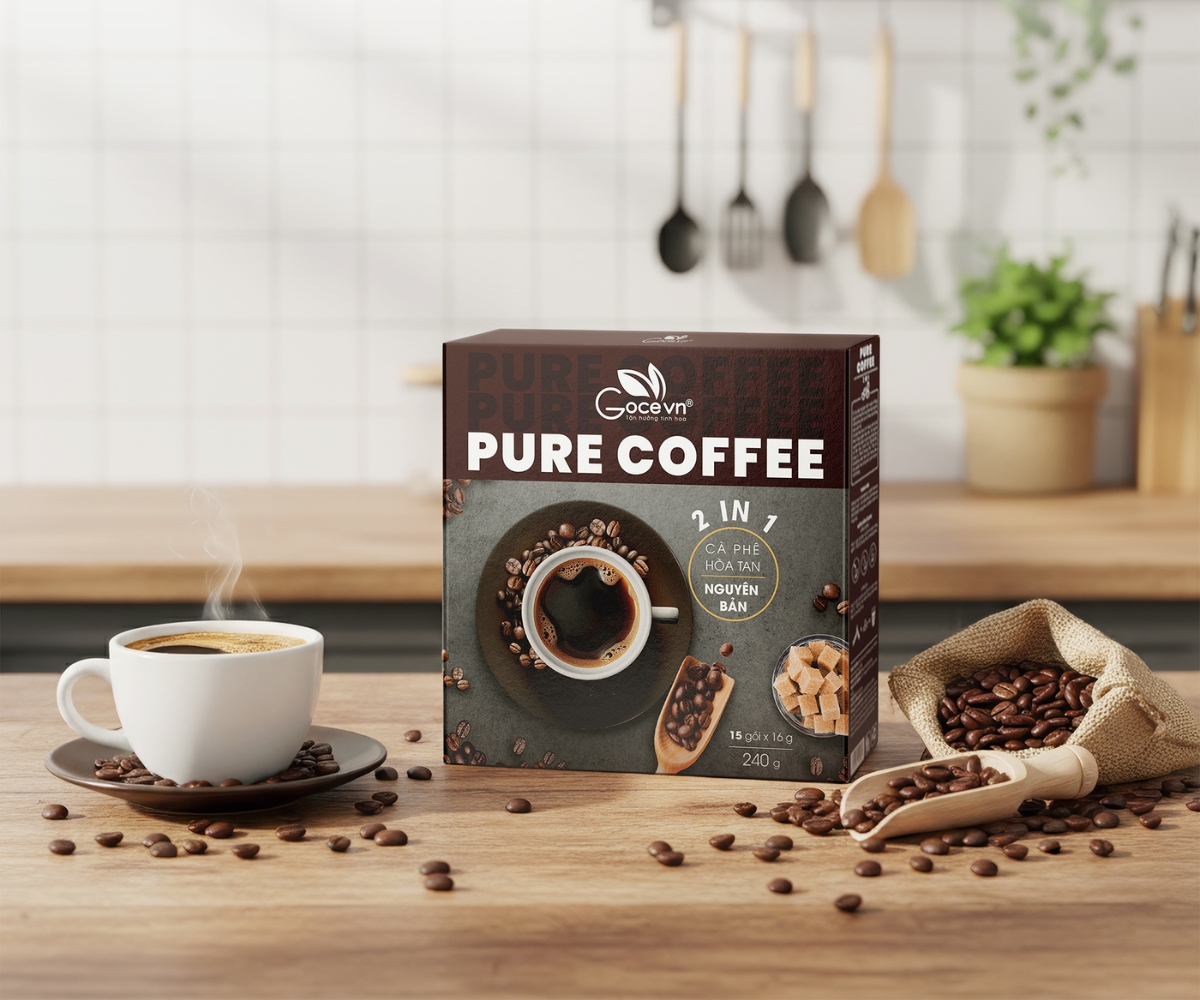
Instant coffee trend in the modern lifestyle of young people
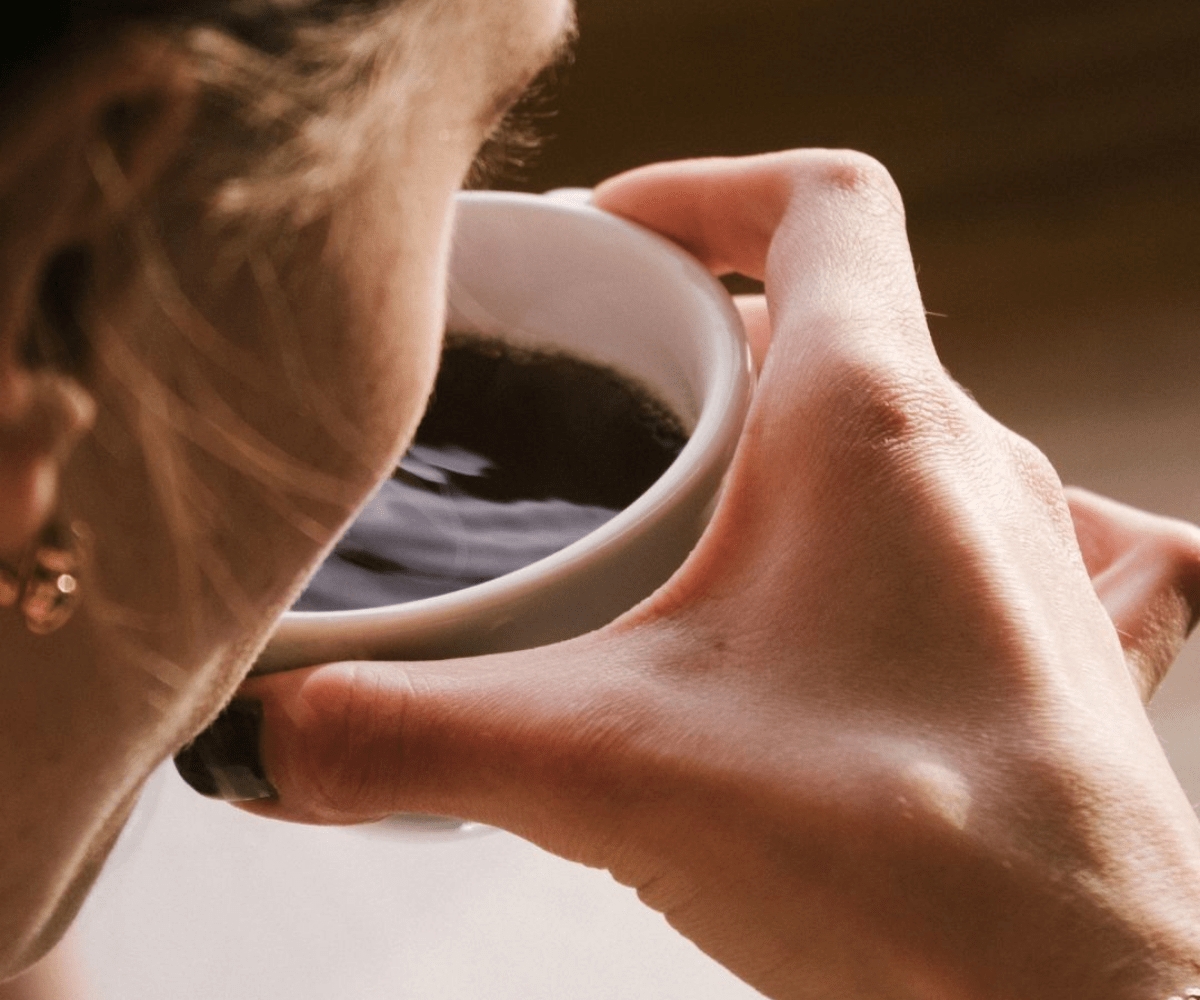
Coffee for Women The Convenient Choice for the Right Taste and Morning Energy
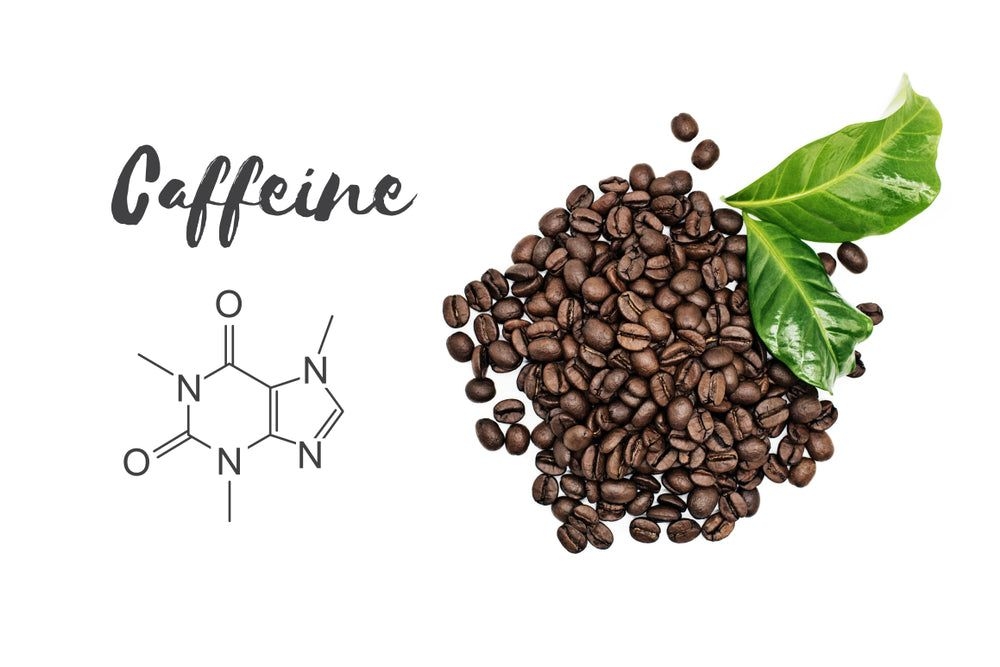
What is caffeine? Effect, dosage and what you should know.

Strong Coffee The Secret to Brewing the Perfect Bold Cup for Men
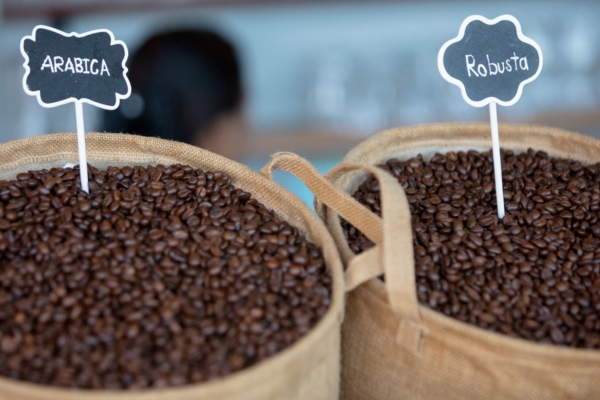
The difference between Arabica and Robusta coffee: the secret of choosing high-quality coffee

GOCE SALTED INSTANT COFFEE 4 IN 1 – THE SECRET TO STAYING ALERT ON EVERY TRIP
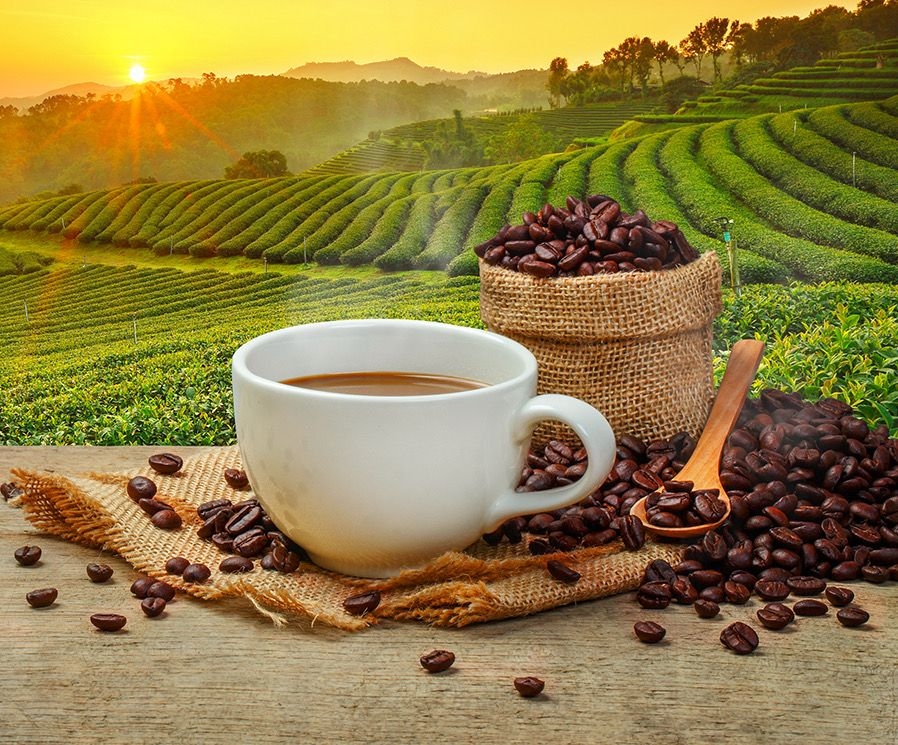
The difference between popular coffee beans at present: Arabica,Robusta,Culi,Moka Culi and moka.
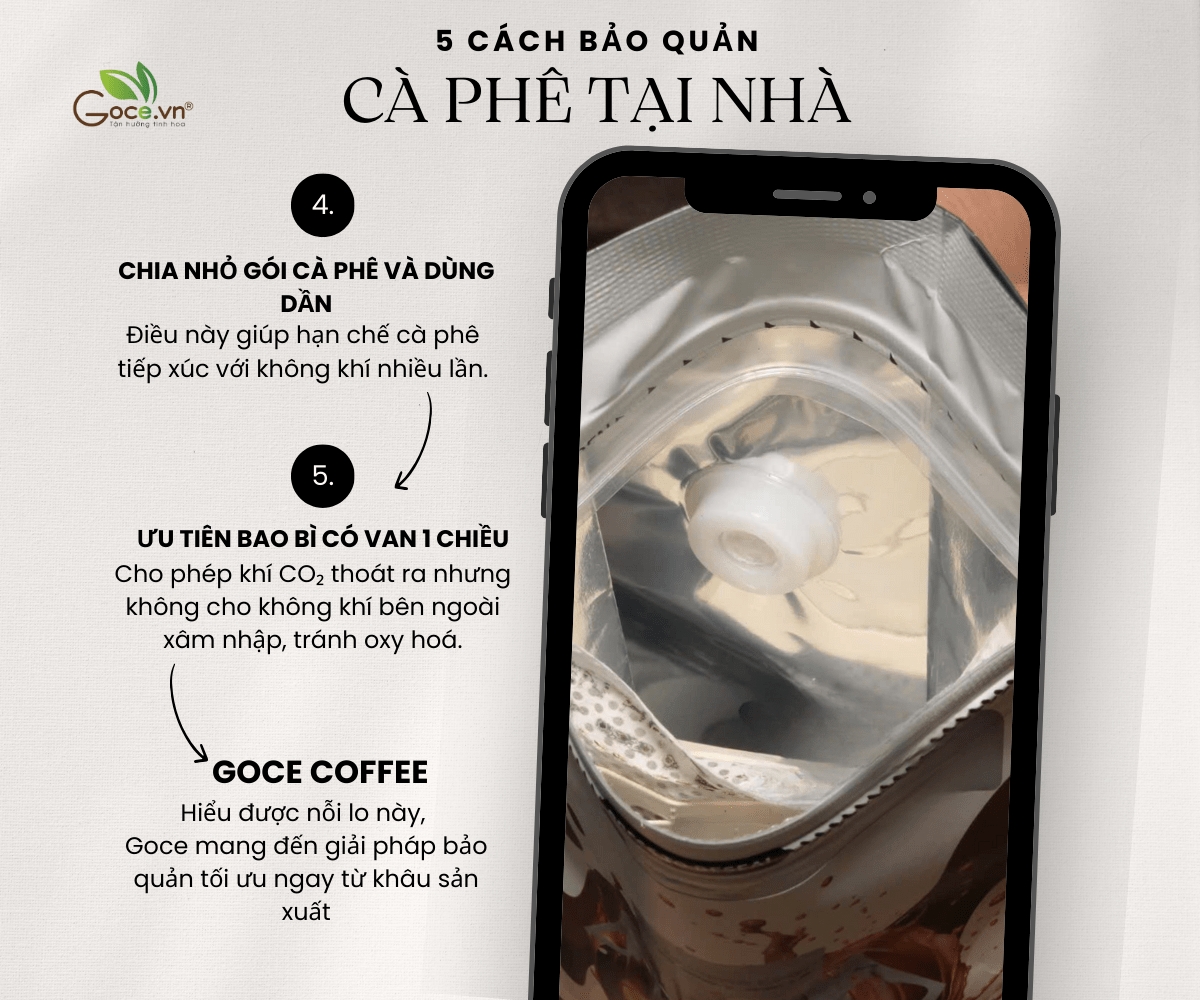
How to Preserve Ground Coffee to Keep Its Original Flavor

WHAT ARE COFFEE GROUNDS? 5 SIMPLE TIPS TO USE COFFEE GROUNDS AT HOME

Pure Roasted Coffee – 5 Secrets to Identify Real Coffee vs. Adulterated Coffee

The Benefits of Black Coffee – A Healthy Beverage
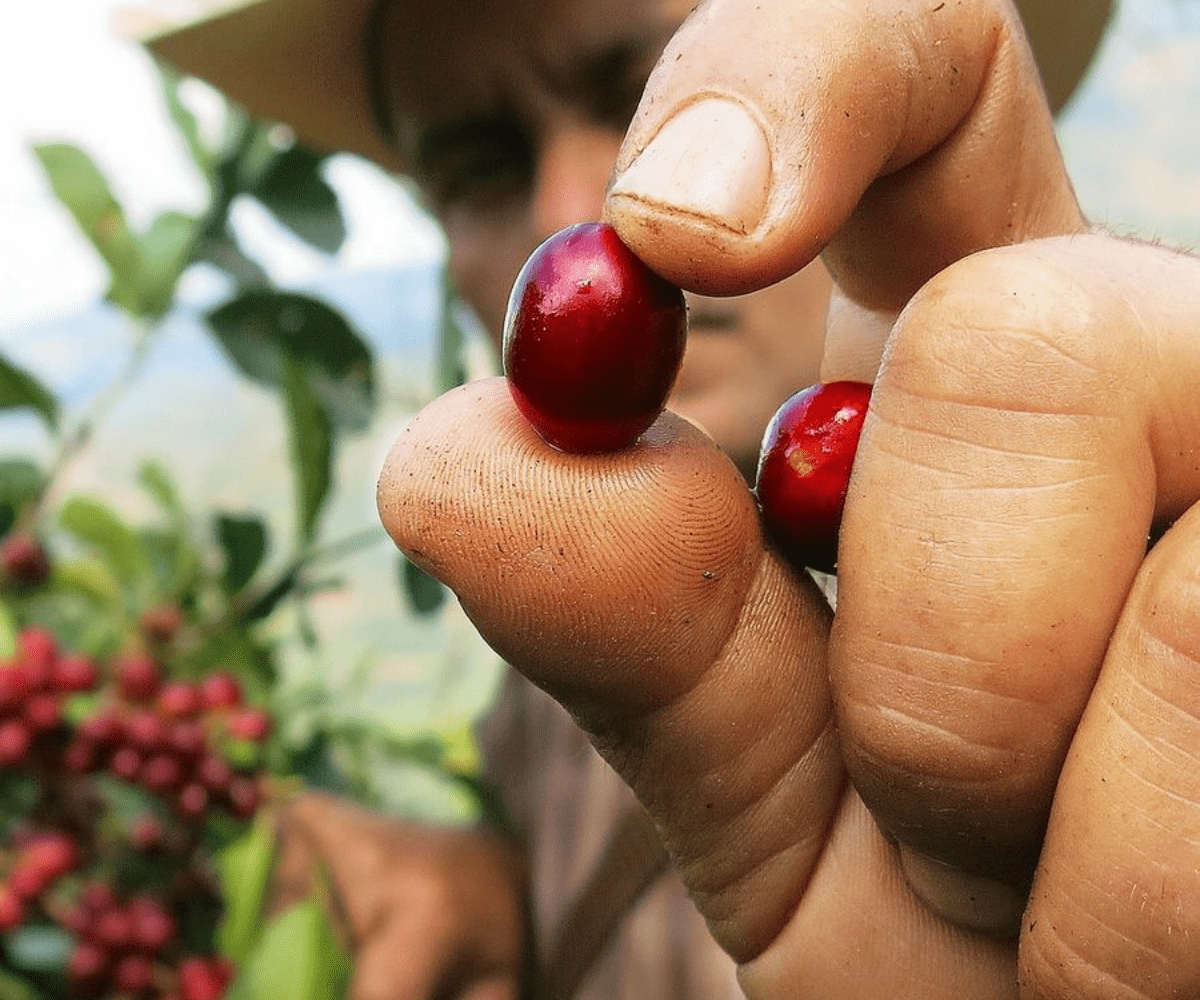
Coffee Prices Today, September 23: Robusta Surpasses 4,280 USD/Ton, Market Heats Up
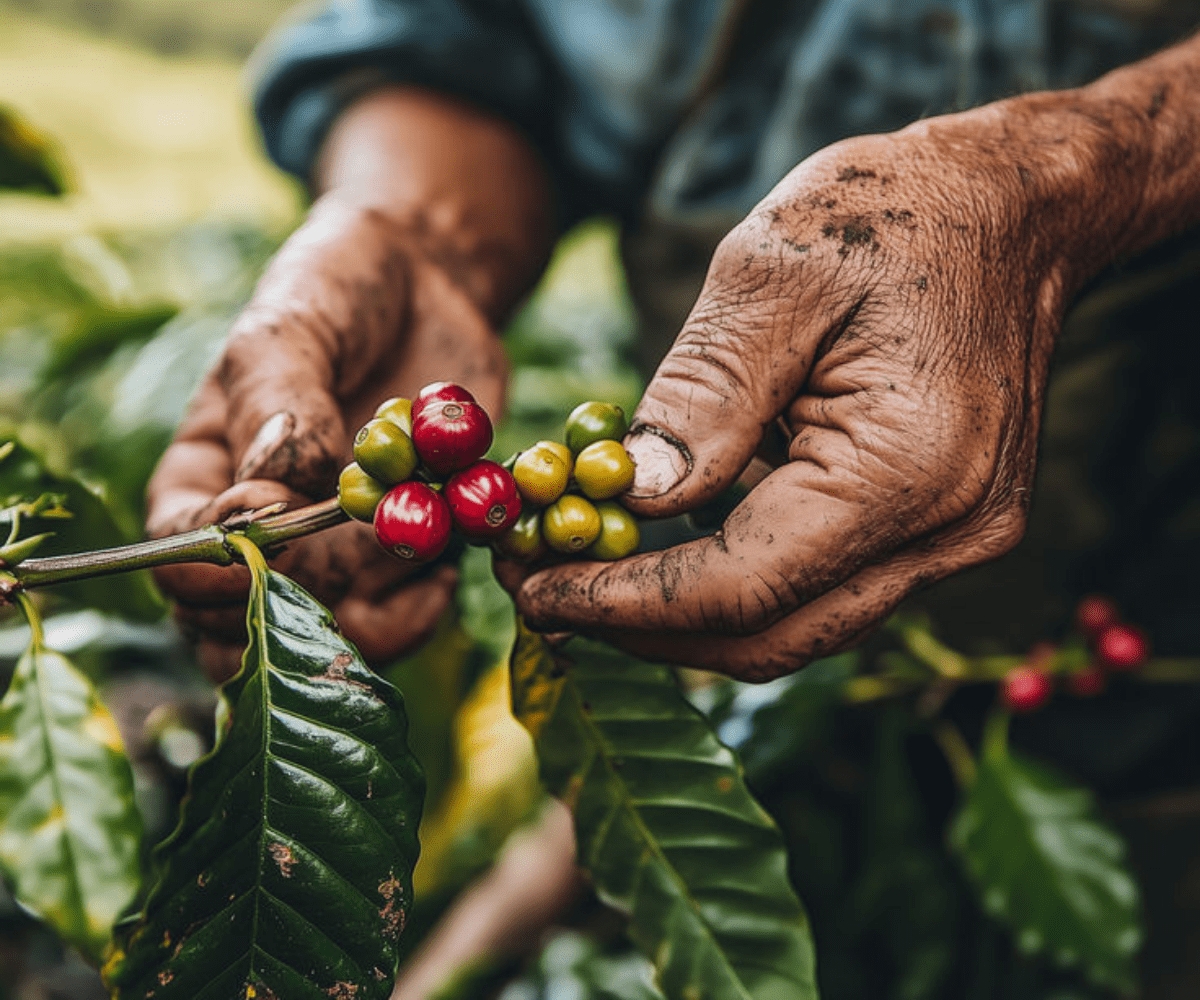
Rising Coffee Prices – How Does It Affect the Morning Cup of Coffee for Vietnamese People?

Drip Bag Coffee: The Future of Personalization in Every Small Pack

Goce Drip Bag Coffee – When Every Little Pouch Wraps Your Lifestyle

4 Key Factors Influencing Coffee Production Costs
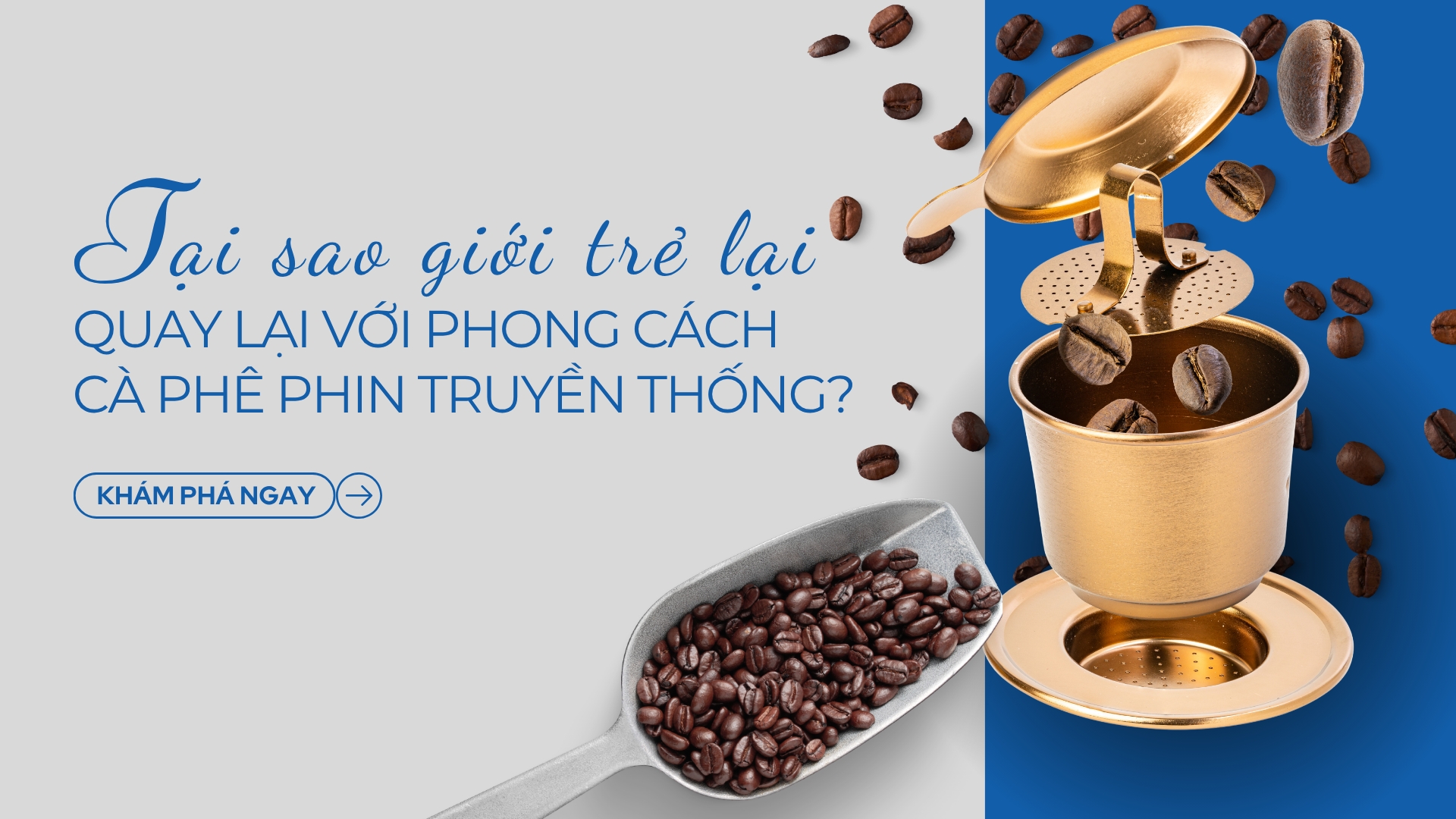
WHY ARE YOUNG PEOPLE RETURNING TO TRADITIONAL VIETNAMESE PHIN COFFEE?
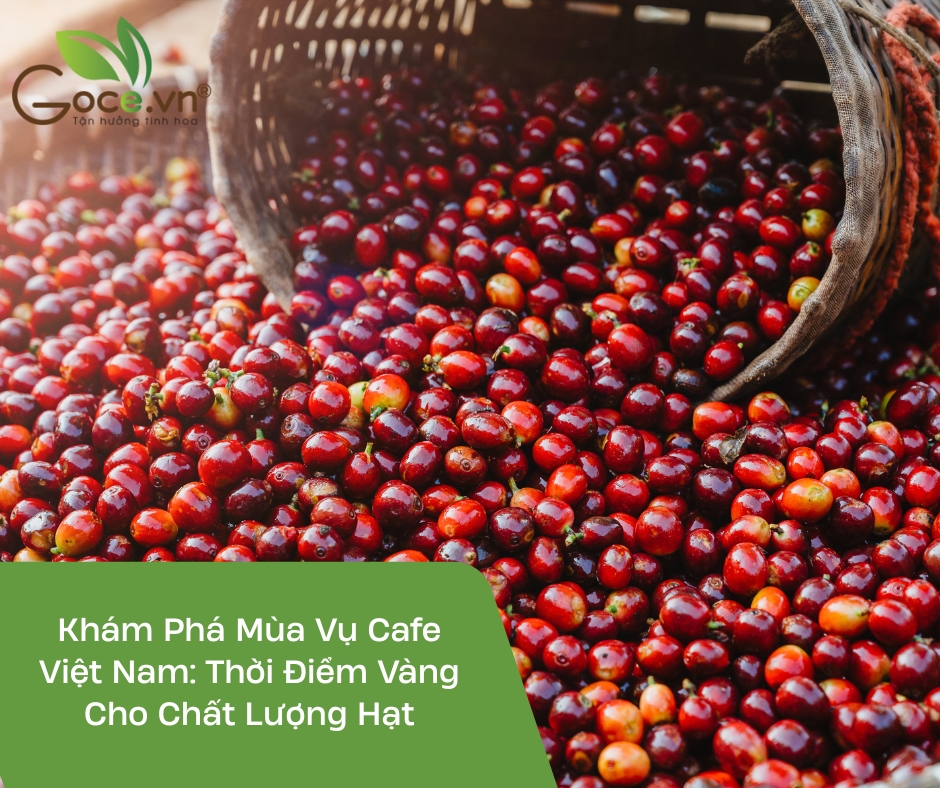
Discover Vietnam’s Coffee Harvest Season: The Golden Time for Bean Quality

How Many Types of Coffee Are There in Vietnam? Where Are They Grown Mostly?

What Benefits Does Drinking Pure Coffee Provide To The Body?

Drip Bag Coffee – The Perfect Choice for Busy People with Refined Taste

From Seed to Cup The Journey of a Delicious Coffee

The 5 countries that produce the most coffee in 2023-2024 season

Does Arabica or Robusta Coffee Have More Caffeine?

How many people know 9 unique benefits of coffee?

What is Latte? Learn About The Type Of Coffee That Is Loved Around The World

What is Latte? Learn About The Type Of Coffee That Is Loved Around The World

What is Latte? Learn About The Type Of Coffee That Is Loved Around The World

What is Latte? Learn About The Type Of Coffee That Is Loved Around The World

What is Latte? Learn About The Type Of Coffee That Is Loved Around The World






